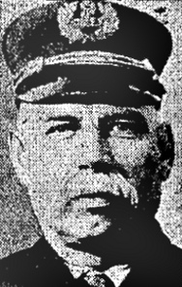 There's little doubt that Harold Whidden arrived primarily for the story. The popularity of his earlier article had ensured his return. No shame was attached to that. It was his job.
There's little doubt that Harold Whidden arrived primarily for the story. The popularity of his earlier article had ensured his return. No shame was attached to that. It was his job.
But he emerged from the MacDonald Homestead as a believer. So shaken, that he was willing to finance, from his own pocket, a $100 reward for anyone who could successfully explain what he had experienced there.
Alongside him, Detective Carroll (pictured) probably had more to lose, in terms of his reputation, by opting for a supernatural explanation.
But he also declared his belief that a ghost was in the homestead.
The pair arrived in Caledonia Mills in early February. Making contact with the McGillivrays again, they were introduced to the MacDonald family. It was agreed that seventy-year-old Alex MacDonald would accompany them to his home. He stayed with them for as long as they kept the vigil.
Initially the idea was to be there for three days and nights. It actually turned into two.
The MacDonald Homestead was icy cold. Fire damage had gutted much of the furnishings and rendered the range unusable. Whidden, MacDonald and Carroll instead piled on layers of clothing and survived the frozen winter conditions that way.
It wasn't until the second night that anything strange occurred. Whidden told how he was sitting in a chair, with Carroll occupying a second chair to his left. Farmer MacDonald merely lay on the floor. The laws of Gaelic hospitality saw him refusing anything else.
Above their heads came 'strange sounds', which neither Carroll nor Whidden could place. The noises were quickly joined by footsteps, as if someone was pacing in the bedchamber.
The two men waited, listening in the full knowledge that nobody was up there. The homestead was deserted but for the trio in the living room. A glance at MacDonald showed that he'd fallen asleep.
All was quiet, when Whidden felt the blow. It seemed like something had punched him hard in the left forearm. Startled, he stared at Carroll, who had not budged an inch. The detective appeared perplexed at phenomena of his own. Something had apparently just pulled at his own left arm.
The sensations felt by both men were strong enough to have cut through (in Whidden's case) 'two shirts, an inside coat, a heavy sweater, a fur-lined overcoat and a new horse-rug'.
Whidden woke Alex MacDonald and asked the farmer if he'd hit him. MacDonald was naturally confused. He'd been asleep.
Whidden knew this. He would have seen the farmer the second that he stirred, as the old man wasn't far away. The reporter stated that he had to ask for the sake of exhausting all reasonable possibilities. But they all knew it wasn't that. Low level panic was galvanizing his tongue into asking ridiculous questions.
For the next 'fifteen to twenty minutes', Whidden became convinced that a 'strange presence' was in the house. He sat tense and expectant, waiting for it to show itself or for the violence to escalate.
It was there! It was watching them! It was with them! But after the aforementioned time had passed, it was like a switch had been flicked on Whidden's sensibilities. He no longer felt that the entity was there. Finally he could relax.
Neither MacDonald nor Carroll experienced that tingling anticipation at all. Weeks later, a paranormal investigator would test Whidden's psychic ability, and find it stronger than most.


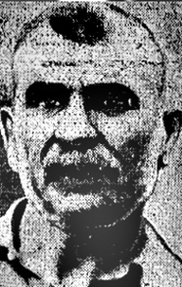 The MacDonald family had abandoned their farmhouse on January 12th 1922. It didn't take long for the
The MacDonald family had abandoned their farmhouse on January 12th 1922. It didn't take long for the 
 There's little doubt that Harold Whidden arrived primarily for the story. The popularity of his earlier article had ensured his return. No shame was attached to that. It was his job.
There's little doubt that Harold Whidden arrived primarily for the story. The popularity of his earlier article had ensured his return. No shame was attached to that. It was his job.


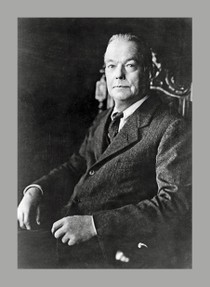 There is no doubt that Dr Walter Franklin Prince PhD intimidated and irritated the Nova Scotians in equal measure.
There is no doubt that Dr Walter Franklin Prince PhD intimidated and irritated the Nova Scotians in equal measure.


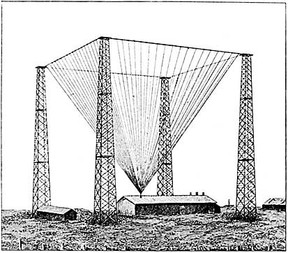 Today it's a rare scientist who would countenance for a second the possibility of paranormal activity.
Today it's a rare scientist who would countenance for a second the possibility of paranormal activity.





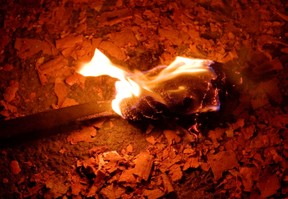 On March 16th 1922, Dr Prince made public his much anticipated report on the MacDonald Homestead haunting.
On March 16th 1922, Dr Prince made public his much anticipated report on the MacDonald Homestead haunting.


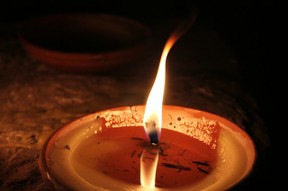 With all the publicity surrounding the case, word reached Dr. Thaddeus L. Bolton of Temple University, Philadelphia.
With all the publicity surrounding the case, word reached Dr. Thaddeus L. Bolton of Temple University, Philadelphia. Reporters heading into the area - particularly around Antigonish - were liable to hear Prince's conclusions dismissed as 'absurd'. Not least because Mary Ellen hadn't always been in the house when the fires were sparked.
Reporters heading into the area - particularly around Antigonish - were liable to hear Prince's conclusions dismissed as 'absurd'. Not least because Mary Ellen hadn't always been in the house when the fires were sparked.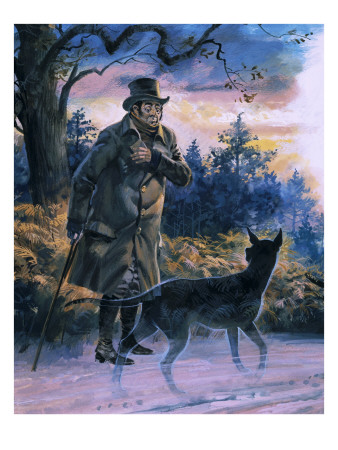

 It was recalled locally that the phenomena actually began before Mary Ellen had even come to live with her relatives.
It was recalled locally that the phenomena actually began before Mary Ellen had even come to live with her relatives.



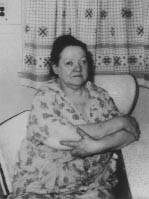 The family had been back just months, when the phenomena began again. For much of the summer, all had seemed well, but October brought more fires.
The family had been back just months, when the phenomena began again. For much of the summer, all had seemed well, but October brought more fires.



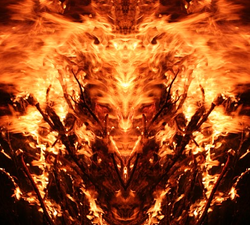

 St Tydecho's Churches in West Waleson 09/03/2014
St Tydecho's Churches in West Waleson 09/03/2014
 Goodies for an Outlander Premiere Partyon 03/06/2015
Goodies for an Outlander Premiere Partyon 03/06/2015
 Holocaust Memorial Day Interview with Rainer Höss, Grandson of Rudolf Architect of Auschwitzon 01/24/2015
Holocaust Memorial Day Interview with Rainer Höss, Grandson of Rudolf Architect of Auschwitzon 01/24/2015
 Romantic Valentine Gifts for an Outlander Fanon 01/16/2015
Romantic Valentine Gifts for an Outlander Fanon 01/16/2015



Comments
When did this girl Die , I am quite sure she moved to Ontario and lived out her life there but not exactly sure when she died (I think it was in the 1980s but not sure.)
That is a very good point. Ok, scrap that one.
If the gas were natural it would still be coming out and would be measurable now
Frank - I did wonder about the flammable liquid too. I should imagine that every home has one. In fact, as I'm typing, I have a cigarette lighter sitting about three inches from my keyboard. That counts. A few feet away, there's a bottle of whisky. Over there is some bottles of lighter fluid. Under my sink there are no end of flammable liquids - bleach etc. So if random fires started here, would any and all of them condemn me as the culprit?
I agree with your assessment of Prince and his ilk. He arrived with a theory, which he set out to prove. When that was untenable, he changed his theory and looked for evidence of that instead. That's not science. Science looks at the evidence, THEN arrives at a conclusion, if possible.
WordChazer: I ran this past a Physicist. He confirmed that fire can get trapped in ranges and pipes, then spit out later. So now we just have to get past the part where Alex took the whole thing apart and the fires still came.
I like your thinking about gas. There wasn't any in the house, nor electricity, as everything was done via the range. But what if the gas was natural? Coming out of the ground.
Prince was a classic debunker, who explains away phenomena that do not fit into his world view rather than genuinely explain them. For example, he says that there was a bottle of inflammable liquid at the girl's height, and uses the fact to conclude that it must be a fact that she used it to set the fire, despite his having no evidence for his assertion.
Debunkers set opinion as facts, for example that the girl set the fire, as I noted in the previous paragraph. Then they belittle witnesses who have observed realities that their limited and superficial world view cannot understand. This technique is applied consistently through the whole range of embarassing phenomena and then dishonestly trumpeted as a scientific explanation. Prince's technique degenerates by having to write off the testimony of those who disagree with him as lies, which adds to its intellectual discreditability.
Sadly this sort of pseudo-scientific drivel is common in academia.
The key point here is that there is a difference between explaining and explaining away; the former is epistemologically credible, the latter is not. A genuine phenomenological approach is to address the phenomena with an open mind without prejudice, which is what Prince did not do. It is wonderful to know that acadamics nowadays wouold appoach situations like this with an open mind!
Lots of unknowns around fire and the causes of it. Paranormal teenagers, rogue sparks, these days gas explosions and other malfunctioning electrical equipment. It's still, as it was in the Medieval period, the big scary prospect for human beings.
Yes. I don't think it was Mary Ellen, because some of the fires started when she wasn't there. I'd love Liam to take a look at this. I think the range was somehow retaining fire and occasionally spitting it out.
So is that what you think it was then - some sort of fire trapping physics phenomenon?
I've got the feeling that the answer was in Physics. Perhaps something trapping fire and occasionally spitting it out from the range.
Mary Ellen wasn't always there when the fires kicked off, which suggests that it wasn't always her.